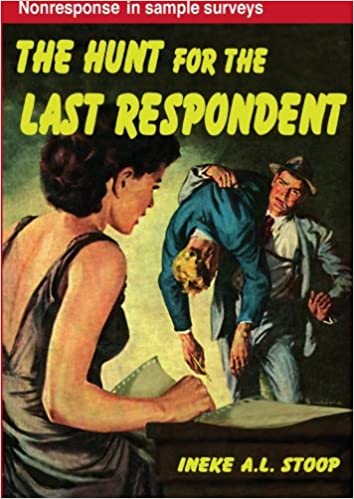In the chapter on Fieldwork I go through the steps to take before launching your questionnaire, and the exciting phase of watching your answers start to come in from those who respond – the seventh tentacle of the Survey Octopus.
The topics in the chapter are:
- Decide on your invitation, thank you, and follow-up
- Do a pilot test
- Launch your fieldwork and look after it
The errors associated with this chapter almost all arise from failure to do a pilot test.
I couldn’t give all the appropriate origins and suggestions for further reading in the chapter, so here they are.
Honoring Henrietta Lacks
As I write in Chapter 5 Fieldwork, medical research’s use of Henrietta Lacks’ cells without permission or acknowledgement, raises ethical questions about consent, anonymity and confidentiality – which apply equally to surveys.
If you’d like to learn more about Henrietta Lacks and ‘the HeLa’ cell strain, there’s a useful short summary of her story on the website of the John Hopkins Hospital that treated her. They acknowledge that her story has contributed to major changes in the way that they seek patient and family consent, and two family members now sit on the board for approving use of ‘HeLa’ cells: Honoring Henrietta: the legacy of Henrietta Lacks
 Responsiveness and response rates
Responsiveness and response rates
Ineke Stoop’s PhD thesis on The Hunt for the Last Respondent dives into this topic in more detail (Stoop 2005). Considering it’s a thesis, it’s very readable – and it’s got my favourite thesis cover ever.
One example: in one study, paying a higher incentive to increase the response rate achieved a higher response from women and the over-50s but not the other groups (Moore and Tarnai 2002).
